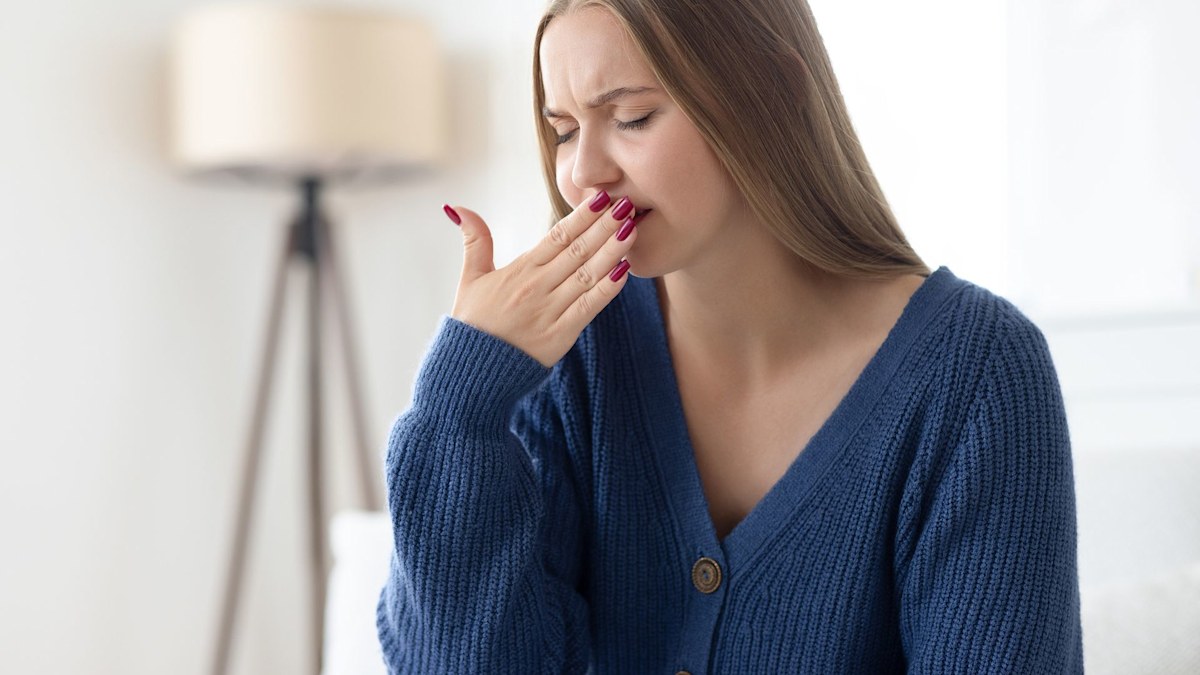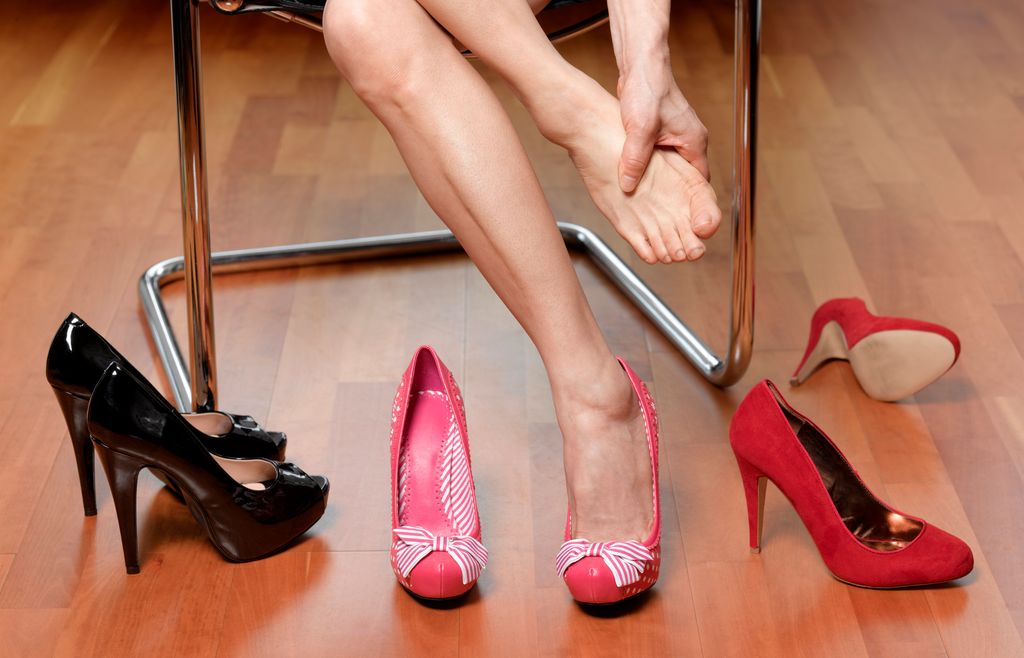As Ozempic and other GLP-1 weight-loss injections continue to gain popularity, users are reporting a curious side effect that has nothing to do with numbers on the scale: a dramatic shift in their sense of smell.
More specifically, a growing number of Ozempic users are gravitating toward ultra-sweet, dessert-inspired perfumes—think vanilla frosting, toasted marshmallow, caramel glaze. Dubbed the ‘Ozempic Smell’ phenomenon, it’s raising questions about how these powerful appetite-suppressing medications may be subtly rewiring our senses.
From a fashion-forward lens, the sweet scent surge is unmistakable. Gourmand fragrances, perfumes that smell like baked goods or confectionery, have exploded in popularity. With over 500,000 users in the UK alone and 12% of Americans reportedly trying GLP-1 drugs, the timing doesn’t seem coincidental. The global market for sweet-scented fragrances now exceeds £24 billion.
And it might all trace back to biology. GLP-1 agonists like Ozempic don’t just suppress appetite by mimicking a gut hormone—they also act on parts of the brain responsible for smell and taste.
“Studies confirm our smell can be affected by GLP-1 agonists – leading to increased and decreased sensitivity,” one research body notes.
Dr Priya Verma, an aesthetic doctor, notes: “If someone is consuming less sugar, their brain might seek other ways to satisfy that craving. That could explain the shift toward sweet perfumes. In many cases, it’s scent as a stand-in for dessert.”
Fragrance experts agree. “There’s been a huge push for perfumes that smell good enough to eat,” says Jonnie Swarbrick, creative director at Fragrance Du Bois. “Customers are reaching for notes like praline, marshmallow, pistachio and chocolate. They want warmth, comfort—and maybe a little indulgence.”
Best-selling scents like Sabrina Carpenter’s Sweet Tooth, Sol de Janeiro’s Cheirosa 71, and Fragrance Du Bois’ £265 New York 5th Avenue are flying off shelves. All share the same olfactory DNA: sugary, nostalgic, and mood-lifting.
But it’s not just about preference. There are physiological reasons why these richer, sweeter perfumes might be more appealing to people using Ozempic.
“Rapid weight loss can lead to drier skin,” explains dermatologist Dr Miriam Rehbein. “Dry skin doesn’t hold onto scent as well. Perfumes with denser notes—like caramel and vanilla—tend to last longer and create a more enveloping experience.”
She adds that slower digestion (a side effect of GLP-1 medications) can also impact body odour. “Some people notice a faint eggy or sour smell through their pores or breath. A sweet perfume may help mask that.”
And there’s the hormone angle. GLP-1 medications can influence cortisol, the stress hormone. “High cortisol can change your skin’s pH and oil production, which affects how a perfume wears,” Dr Verma notes. “Skin may also feel warmer, which intensifies the scent.”
What is Ozempic mouth?
This sensory shift is just one of the lesser-known ripples of the Ozempic trend. Others are more visible—particularly in oral and foot health. Google searches for “Ozempic + Teeth” have surged by 216% in just the last week.
Dentist Dr Sofina Ahmed of Viva Dental tells HELLO!: “We’re seeing more cases of what’s being called ‘Ozempic Mouth’—dryness, sensitivity, ulcers, and even faster ageing around the mouth.”
She stresses that saliva, chewing and hormonal balance all play crucial roles in oral health. “Patients often focus on the weight loss without realising their smile might be changing too.”
What is Ozempic feet?
And then there’s ‘Ozempic Feet’. Dr Scott Isaacs, president of the American Association of Clinical Endocrinology, explains: “When fat loss is rapid, padding on the feet can shrink. That can leave the skin looser and the tendons more visible. It’s not often discussed, but it’s real.”
This fat padding normally acts as a cushion, absorbing the daily impact of walking, running and standing. When it thins out, it can feel like you’re “walking on bone,” Dr Isaacs noted, which may lead to pain, discomfort, and even a change in how you walk. In some cases, this shift in gait can place added strain on other joints and muscles, potentially leading to further issues.
Read the full article here









